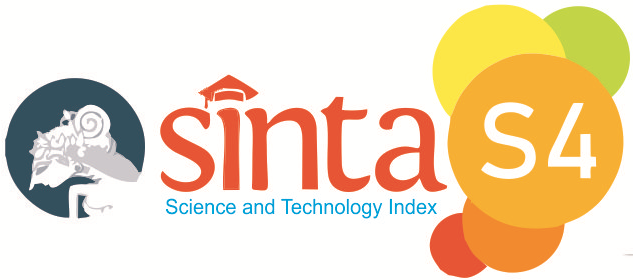ANALISIS PELEVELAN PENALARAN REVERSIBEL SISWA DALAM MENYELESAIKAN MASALAH PECAHAN
DOI:
https://doi.org/10.32332/linear.v3i1.3773Keywords:
reversibel, pecahanAbstract
Penelitian ini bertujuan untuk mendeskripsikan level penalaran reversibel siswa dalam menyelesaikan masalah pecahan di SMP Negeri 1 Palopo. Jenis penelitian ini adalah metode penelitian kualitatif deskriptif dengan pemberian tugas reversibel pada pecahan yang disertai think-aloud dan pedoman wawancara. Tugas Reversibel pada pecahan terdiri dari 7 Level, dimana Level 1 (a dan b adalah bilangan bulat), Level 2 ( adalah pecahan satuan dan adalah bilangan bulat), Level 3 ( adalah pecahan bukan satuan, adalah bilangan bulat), Level 4 (Hubungan pembagi dan pembilang / dan adalah pecahan satuan, Level 5 ( disajikan sebagai bilangan campuran), Level 6 (Pembilang dari dan relatif prima, b adalah bilangan bulat), dan Level 7 (Pembilang dari dan relatif prima, b adalah besaran pecahan) dari model aljabar . Analisis data menggunakan analisis deskriptif dengan menggunakan triangulasi metode. Hasil penelitian menujukkan bahwa ditemukan 3 subjek yang dipilih berdasarkan kelengkapan data hasil think-aloud, wawancara, dan hasil kerja sehingga ditetapkan S1 sebagai subjek kategori Level 1, S2 sebagai subjek kategori Level 6, dan S3 sebagai subjek kategori Level 7. Berdasarkan hasil penelitian yang ditemukan, subjek Level 1 menyelesaikan masalah hanya sampai pada Level 1 dimana dan adalah bilangan bulat dari model aljabar , subjek level 6 menyelesaikan masalah hanya sampai pada Level 1 dimana pembilang dari dan relatif prima, b adalah bilangan bulat dan adalah bilangan bulat dari model aljabar , dan subjek Level 7 menyelesaikan semua masalah dari Level 1 sampai dengan level 7.

















